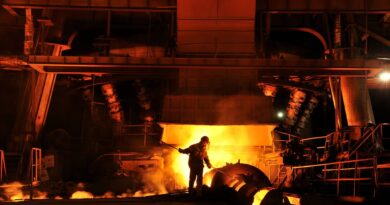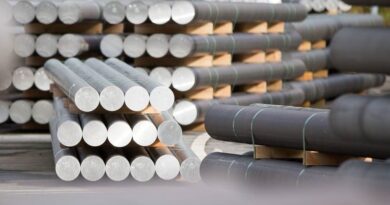NUCLEAR: Wind and solar alone cannot meet global power demand
According to Wood Mackenzie, The nuclear power industry is at a crossroads. Some countries are pushing ahead with phase-out plans, while others – notably China – are rapidly expanding reactor fleets. In our view, investment in next generation nuclear capacity will be key to meeting the goals of the Paris Agreement.
At 366 GW, current operational reactor capacity is roughly the same as it was twenty years ago. The average rate of construction between 2000-2020 has been significantly lower than during the heyday of nuclear in the mid-1980s, when capacity was being built at a rate of 30 GW per year. At the same time, older capacity has been decommissioned.
Several factors have led to the slowdown in new nuclear build:
- The Fukushima disaster curtailed the nuclear programme in Japan, and in other countries, and has – understandably – created serious policy headwinds.
- Significant construction delays and cost overruns, caused partly by stricter safety measures, have afflicted large projects, particularly in Europe.
- Key suppliers have faced financial difficulties as a result of falling demand and rising construction costs.
- Operational issues are becoming increasingly commonplace in the world’s ageing nuclear fleet, impacting the sector’s reputation.
- Competition from cheaper renewables has made the high cost and long timescales for nuclear harder to justify.
While some countries (mainly in Europe) are aiming for a complete phase-out of nuclear, others – including China, Russia and India as well as Turkey, Bangladesh and the UAE – are enthusiastically pursuing a nuclear programme.
Over 125 GW of new large-scale nuclear capacity has been proposed, with the Russian state nuclear corporation ROSATOM the leading reactor provider both at home and abroad. China leads growth and is expected to account for 45% of global operational nuclear capacity by 2050.
Growth in wind and solar will dwarf the comparatively modest growth in nuclear power. But wind and solar alone won’t provide the security of supply needed in a low-carbon world. If rapid renewables growth is matched by rapid growth in power demand, flexible and dispatchable sources will be essential too. Small modular reactors (SMRs) in particular are an option to take on this flexible role.
However, capex costs would need to fall by around 50% to compete with other flexible technologies.
SMALL MODULAR REACTORS
Like SMRs, the new breed of large-scale Generation IV reactors is being designed with enhanced safety and minimal waste in mind – two of the key issues with earlier designs. However, SMRs have additional benefits.
Put simply, size matters. The small, modular design of SMRs means capacity can be more closely matched to specific requirements. Key components can be manufactured centrally and assembled on site, reducing timescales.
Their smaller footprint and emergency planning zones also mean they can be sited closer to industrial sites where waste heat could be used; old fossil fuel sites and their grid connections can be reused.
And while large-scale reactors have very high capital costs, the smaller scale of SMRs makes them more affordable to more utilities. (Though cost per kW remains relatively high compared to most renewable power technologies.)
SMRs also offer greater flexibility than large-scale reactors. Vendors have highlighted the potential to operate as low as 20% of nameplate capacity, for example, while the ability to refuel individual modules means less disruption to output.
Despite the potential of SMRs, the sector is in its infancy. To date only a handful are either in operation or under construction. And there are plenty of other low-carbon dispatchable technology options to compete with, including hydrogen-to-power, geothermal or CCUS-equipped plants.
The size of the addressable market for SMR will depend in part on the evolution of competing technologies. However, the global growth in power demand required to meet decarbonisation goals will create opportunities for many different technologies to make their mark.




